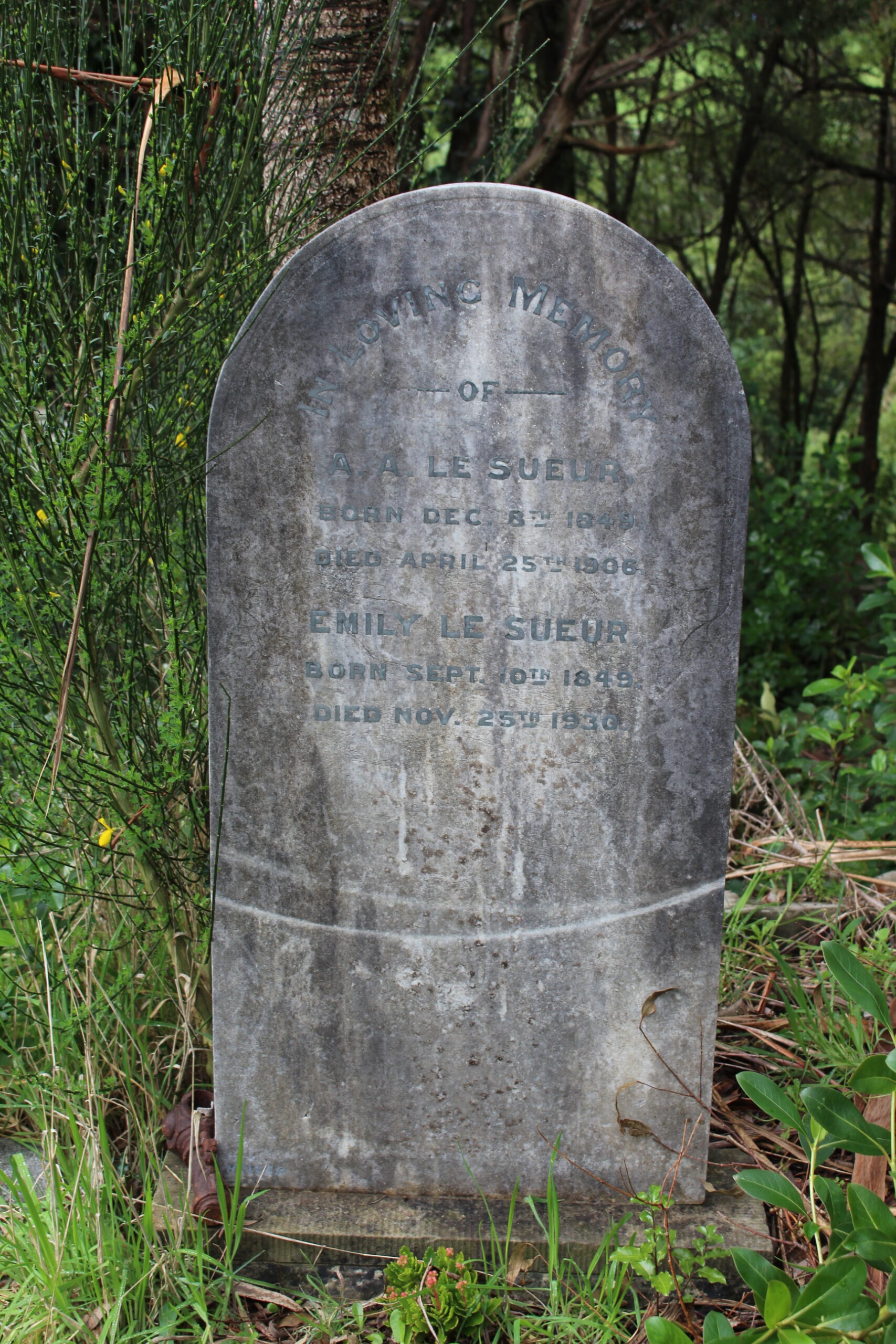Sir Ernest Marsden was born in Manchester, England in 1889. He excelled at school and joined the Physics Department of Manchester University where he became involved in assisting Ernest Rutherford…

Christopher Locker
Christopher Lockyer – an incorrigible vagabond Chris first takes our notice for running a brothel in Mulgrave Street in April 1894 and by so doing, his “bad characters” residents rowed…

William Eades
William Eades, builder & undertaker William was born in Croydon, England and trained in the building trade. He was said to have made the wheels for Queen Victoria’s first train…

Rev Coffey
The Rev Coffey, the vicar of St Mark’s Church from 1876 to 1907, was a fervent letter writer, and Wellington City Archives have digitised a number of his concerned citizen…

George Wiltshire
As we are about to embark on Wellington Heritage Week, we thought to fitting to pay tribute to George Wiltshire, designer of the Friends’ H.Q: The Shelter. If you like…

James Grainge
ATTEMPTED MURDER A Young Man Shoots at His Stepfather. In the Catholic section lies the Grainge plot. This is the story of James Grainge, an employee of a cooperative grocery…

Adolphus Le Sueur
This is the plot of Adolphus and Emily Le Sueur. The Le Sueur name is old French for shoemaker. Adolphus Albert Le Sueur was born in 1847 in St Helier,…

Peter Frank Jacobsen
Peter Frank Jacobsen was primarily a highly respected architect but also gained note as an accomplished chess champion. Peter Jacobsen, and his younger brother Theodore, were born in Nelson. Their…

Harry Croft
1898 was a sad year for the family of George Turner Croft and his wife Catherine Stokes. Catherine was the daughter of Richard Stokes and his wife Catherine Tigh(e). She…

James Boucher Winton
James Boucher Winton – erected by his friends and comrades James was born in 1864 in Greenock, Renfrew, Scotland. He was the youngest child of John Winton and his wife…

